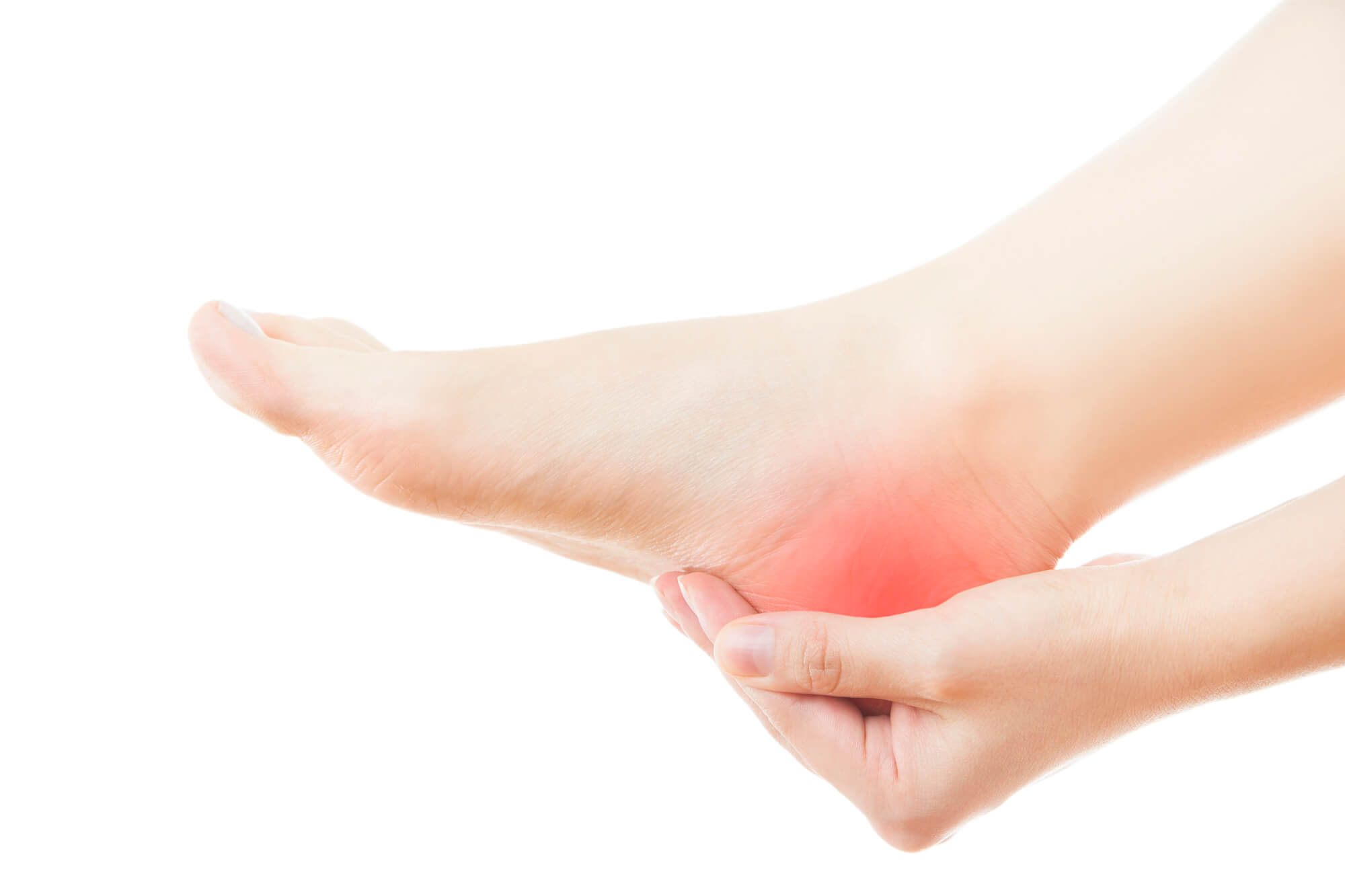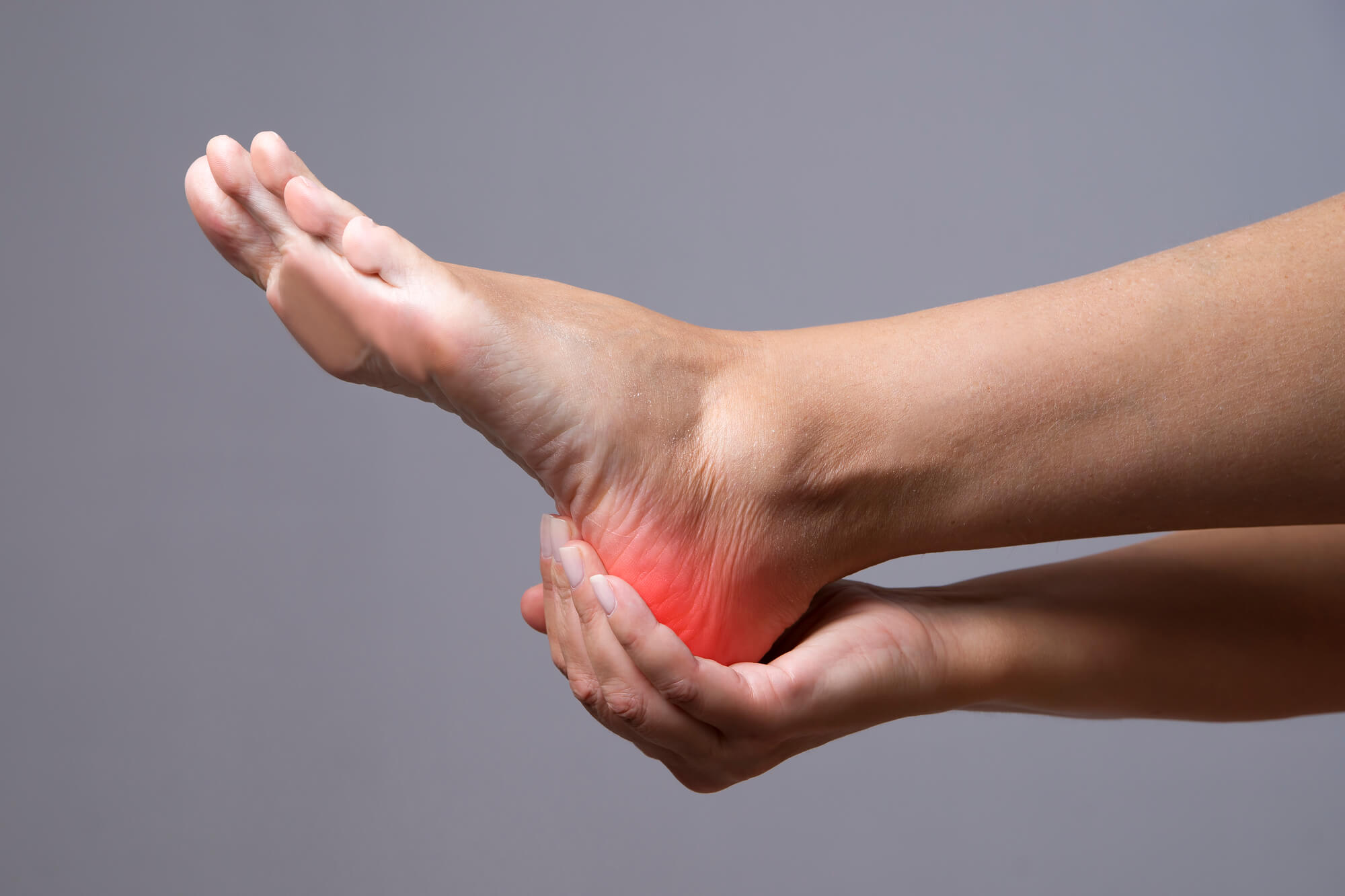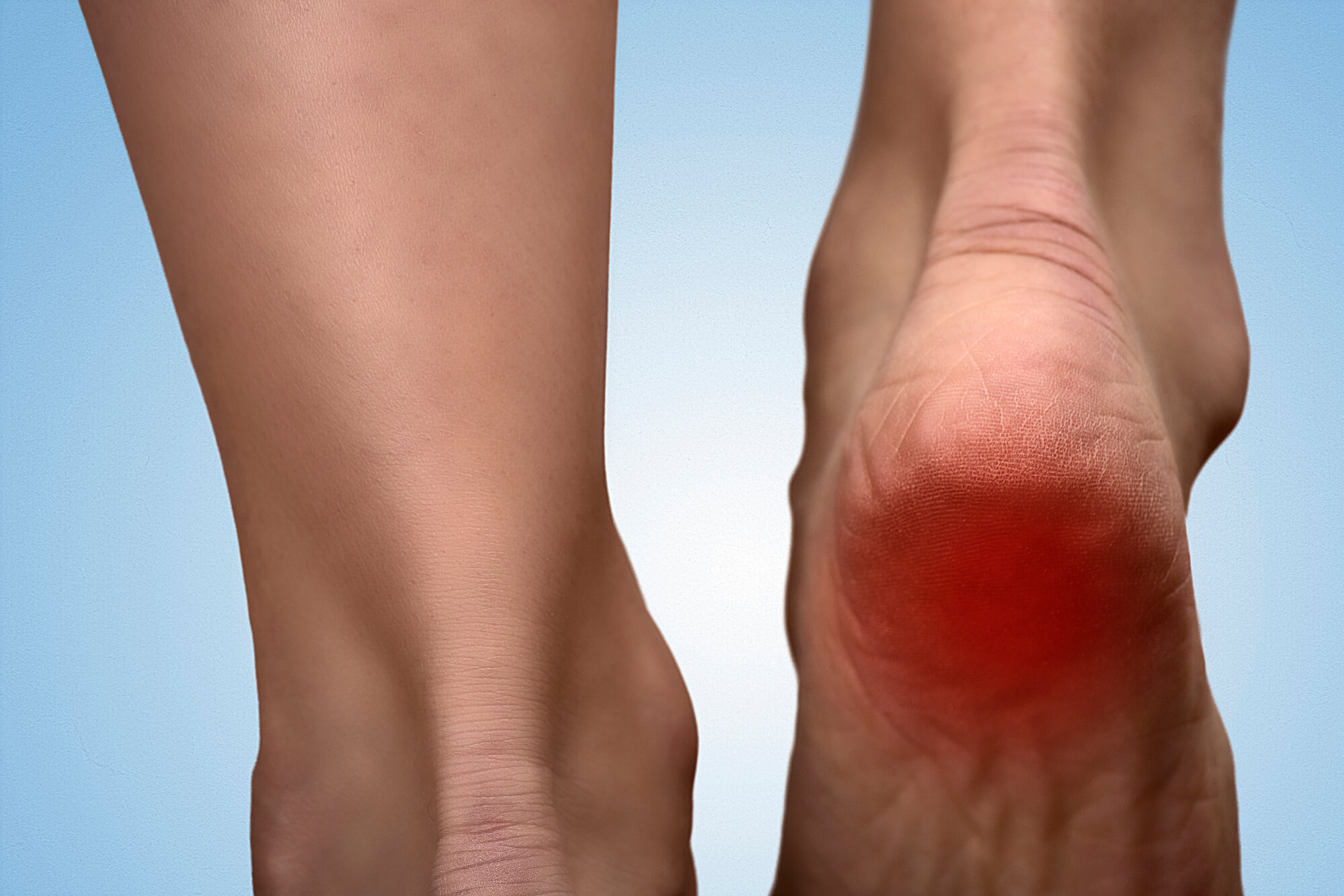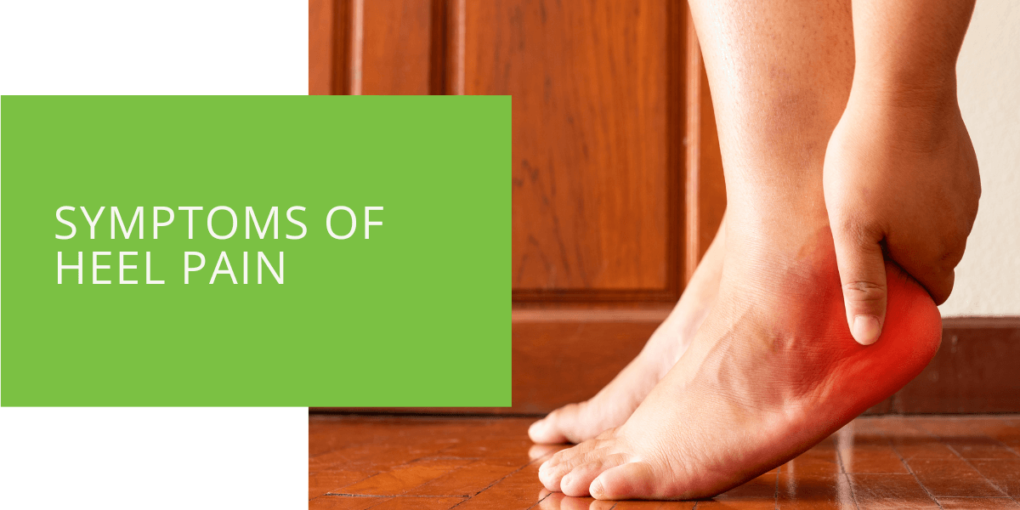Symptoms of Heel Pain
Heel pain is a common foot condition that can cause discomfort and disrupt your daily routine. Various issues, including plantar fasciitis, heel spurs, stress fractures, and bursitis, can cause it. Understanding the symptoms of heel pain, when to seek medical attention, and treatment options is important to diagnose and treat the issue properly. This article will provide an in-depth look at the symptoms, causes, treatment options for heel pain, as well as tips for preventing heel pain in the future.
What is Heel Pain?
Heel pain is a type of foot pain that is specifically located in the heel area. The heel is the bottom part of the foot that makes contact with the ground when standing or walking. The heel comprises several components, including the heel bone, plantar fascia, and Achilles tendon. Heel pain can occur in any of these areas and can be caused by various issues.
Causes of Heel Pain
There are many possible causes of heel pain. Some of the most common include:
- Plantar fasciitis: This is a condition in which the plantar fascia, a thick band of tissue that runs along the bottom of the foot from the heel to the toes, becomes inflamed. This can cause pain and discomfort in the heel and arch of the foot.
- Heel spurs: A heel spur is a small bony growth that forms on the heel bone. These growths can cause pain and discomfort in the heel, especially when walking or standing for long periods.
- Stress fractures: A stress fracture is a small bone crack caused by repetitive stress or overuse. Stress fractures can occur in the heel bone and can cause pain and discomfort in the heel.
- Bursitis: Bursitis is the inflammation of a small, fluid-filled sac called a bursa. The bursa helps to cushion and protect the joints in the body. Bursitis in the heel can cause pain and discomfort in the heel and ankle.

Symptoms of Heel Pain
Several different symptoms can indicate the presence of heel pain. Some of the most common symptoms include:
Sharp or Stabbing Pain
One of the most common symptoms of heel pain is a sharp or stabbing pain in the heel. This type of pain is often most pronounced when standing up after sitting for a long period or after getting out of bed in the morning. It can also be triggered by walking or standing for long periods on hard surfaces.
Chronic Heel Pain
Another symptom of heel pain is chronic pain that persists over a long period. This pain may be less severe than sharp or stabbing, but it can still be quite disruptive and make it difficult to walk or stand for long periods.
Pain While Walking or Standing
Heel pain can also cause pain or discomfort when walking or standing. This pain is often caused by plantar fasciitis or heel spurs, making it difficult to place weight on the heel.
Swelling or Redness in the Heel
Swelling or redness in the heel can also be a symptom of heel pain. This is often a sign of inflammation in the heel, which various issues, including plantar fasciitis, bursitis, and heel spurs, can cause.

When to Seek Medical Attention for Heel Pain
While heel pain is a common issue that can often be treated at home, there are certain situations in which it is important to seek medical attention from a podiatrist or other medical professional. Some of these situations include:
Severe Heel Pain
If you are experiencing severe heel pain that is not relieved by rest or over-the-counter pain medications, it is important to seek medical attention. Severe heel pain can be a sign of a more serious underlying issue, such as a stress fracture or bone spur, and it is important to get a proper diagnosis and treatment plan to resolve the issue fully.
Persistent Heel Pain
If you have been experiencing heel pain for an extended period and it is not improving or getting worse, it is also important to seek medical attention. Chronic heel pain can signify a more serious underlying issue, and getting a proper diagnosis and treatment plan is important to resolve the issue fully.
Pain that Interferes with Daily Activities
If your heel pain interferes with your ability to walk, stand, or perform daily activities, it is also important to seek medical attention. Heel pain severe enough to disrupt your daily routine can signify a more serious underlying issue. Getting a proper diagnosis and treatment plan is important to resolve the issue fully.
Inability to Walk Comfortably
Finally, if you cannot walk comfortably due to heel pain, it is also important to seek medical attention. Heel pain that is severe enough to make walking difficult can signify a more serious underlying issue. Getting a proper diagnosis and treatment plan is important to resolve the issue fully.

Treatment Options for Heel Pain
Several different treatment options are available for heel pain, depending on the underlying cause. Some common treatment options include:
- Rest: One of the most effective treatment options for heel pain is rest. Taking a break from activities that pressure the heel, such as running or standing for long periods, can help reduce inflammation and heal the heel.
- Ice: Applying ice to the heel can also help to reduce inflammation and alleviate pain. It is important to wrap the ice in a towel or cloth before applying it to the skin to avoid ice burn.
- Over-the-counter pain medications: Non-steroidal anti-inflammatory drugs (NSAIDs) such as ibuprofen and naproxen can help to reduce inflammation and alleviate pain. These medications can be purchased over the counter at a pharmacy.
- Stretching exercises: Stretching exercises can help to stretch and strengthen the muscles in the foot and ankle, which can help to alleviate heel pain. It is important to consult with a medical professional or physical therapist for guidance on specific stretching exercises.
- Orthotic inserts: Orthotic inserts are special inserts that can be placed in shoes to provide additional support and cushioning for the heel. These inserts can be helpful for people with plantar fasciitis or other conditions that cause heel pain.
- Physical therapy: Physical therapy can be a useful treatment option for heel pain, particularly for people with chronic or severe pain who have not responded to other treatment options. Physical therapy can help to stretch and strengthen the muscles in the foot and ankle, which can help to alleviate heel pain and improve mobility. Physical therapy may involve stretching exercises, strengthening exercises, massage, and other modalities.
- Surgery: In some cases, surgery may be necessary to treat heel pain. This is usually only recommended for severe cases that have not responded to other treatment options. Several surgical procedures may be used to treat heel pain, including heel spur removal, plantar fascia release, and bursa removal.

Preventing Heel Pain
There are several steps that you can take to help prevent heel pain:
- Wear supportive shoes: Wearing shoes that provide good support and cushioning can help to reduce the risk of heel pain. Look for shoes with good arch support and a cushioned sole.
- Avoid walking or standing on hard surfaces: Walking or standing on hard surfaces for long periods can put added stress on the heel and increase the risk of heel pain. Avoid walking or standing on hard surfaces whenever possible, and take breaks to rest and stretch your feet.
- Stretch before and after physical activity: Stretching before and after physical activity can help to warm up and stretch the muscles in the foot and ankle, which can help to reduce the risk of heel pain.
- Maintain a healthy weight: Carrying excess weight can put added stress on the feet and increase the risk of heel pain. Maintaining a healthy weight can help to reduce the risk of heel pain.
- Avoid going barefoot: Going barefoot can put added stress on the heels, particularly if you walk on hard surfaces. Wearing shoes can help to protect your heels and reduce the risk of heel pain.
Conclusion
Heel pain is a common issue caused by various issues, including plantar fasciitis, heel spurs, stress fractures, and bursitis. Symptoms of heel pain include sharp or stabbing pain, chronic pain, pain while walking or standing, and swelling or redness in the heel. It is important to seek medical attention for heel pain if it is severe, persistent, interferes with daily activities, or makes walking difficult.
Treatment options for heel pain include rest, ice, over-the-counter pain medications, stretching exercises, orthotic inserts, physical therapy, and surgery. By wearing supportive shoes, avoiding hard surfaces, stretching regularly, maintaining a healthy weight, and avoiding going barefoot, you can help to prevent heel pain.

